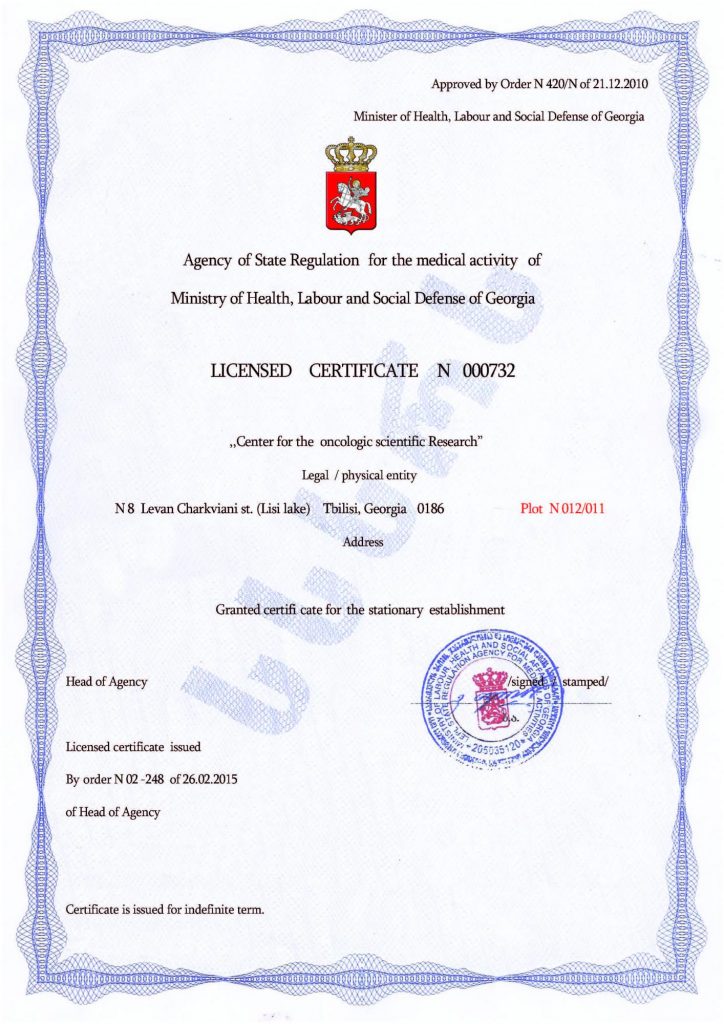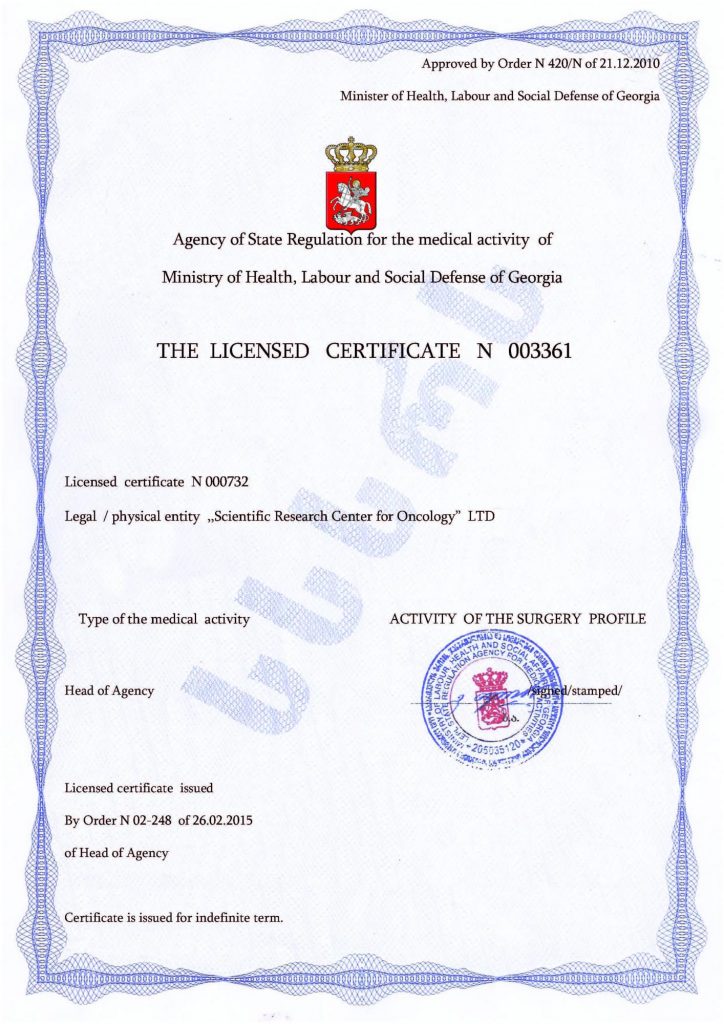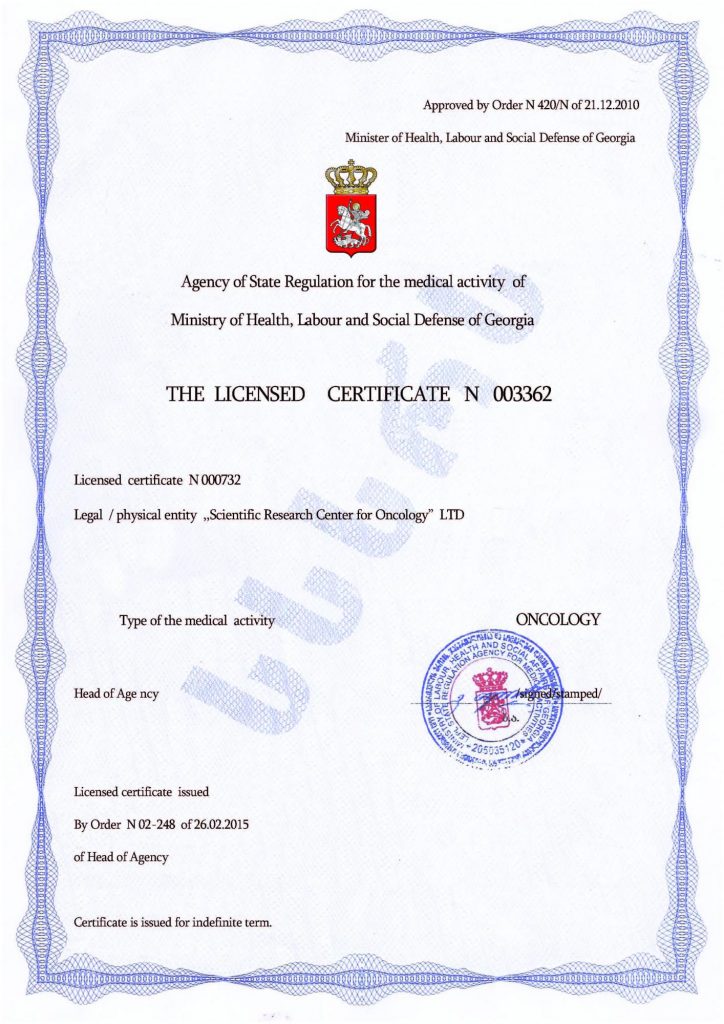Meltdown in Autism
What does a meltdown in autism mean?
Very often, people mistakenly assume that meltdowns and hysterics in ASD are ways of attracting attention, provocative behavior, or bad manners. The term “meltdown” means “crisis or collapse.” Meltdowns and hysterics in autism are not the same. Typically developing children frequently have tantrums, which are common tools for achieving what they want or attracting attention.
How does a meltdown show itself and how is it different from ordinary hysteria?
- Autists may have a meltdown at any age
- It does not depend on “transitional” age stages or intellectual abilities
- Meltdown is often preceded by stims—stereotypical actions and body movements
- There is no purpose or reason behind it
Therefore, a meltdown signals that the nervous system is “overheated” and needs a reboot.
Causes of meltdowns in autism
Overstrain of the central nervous system can occur if a child is faced with high demands and cannot cope with the assigned responsibility or burden. Other causes include sensory information overload, unexpected changes in the daily routine or plans, excessive involvement in social interactions, or multiple irritating factors at once. A breakdown is also common in uncomfortable, noisy situations.
So, a difficult meltdown… How to help a child?
- Allow the child to express emotions for a while, if the meltdown does not pose a risk to health or life
- Allow the child to be without communication, alone with themselves—a child must have time to normalize their emotional state
- There may be activities, interests, or suggestions that can shift the child’s attention
- Some autistic children do not object to tactile contact; they can be calmed by a hand placed on the shoulder or a hug
- You must remain calm at all times! Don’t shout, provoke, or restrict the child’s movements if it’s safe to do so
After a meltdown, a calm and confidential conversation can help determine what caused such behavior and how it can be prevented in the future. If speech skills are limited, use pictures and other non-verbal forms of communication. Take notes for a detailed description of the situation and possible causes of the meltdown to develop a strategy for dealing with such problems in the future. An autistic person often understands the causes of irritation and knows personal peculiarities of perception better than specialists and can help clarify what should be done to prevent future meltdowns.
How to reduce meltdowns maximally?
In some ways, this is a rhetorical question, as ASD is an incurable condition at present. However, doctors made a real breakthrough in therapy a couple of decades ago when they began using stem cells to treat childhood autism spectrum disorder. This method led to an increase in therapeutic effectiveness, and it is now widely popular.
The Mardaleishvili Medical Centre carries out the stem cell transplantation procedure at a high quality level. Many patients who underwent cellular correction for childhood autism have gotten rid of the main symptoms of ASD, including meltdowns.
Correcting meltdowns with brain stem treatment of childhood autism is an advanced method that comprehensively eliminates symptoms of the disease and renews the brain!
Autism Treatment Center Videos
Autism treatment with own stem cells
Cord blood association congress
International Quality Crown
Autism Treatment Reviews
Autism treatment with own stem cells
The story of Alessandro (6 years old)
Autism Patient Testimonial - Stem Cell Treatment
Clients Testimonials

Anna – Sasha’s mother Read More

Amirkhon’s father — Tokhir Read More

Dilana’s mother Read More

Irina and Stefan – Ilya’s parents Read More

Kristina – mother of Nelly and Nik Read More












